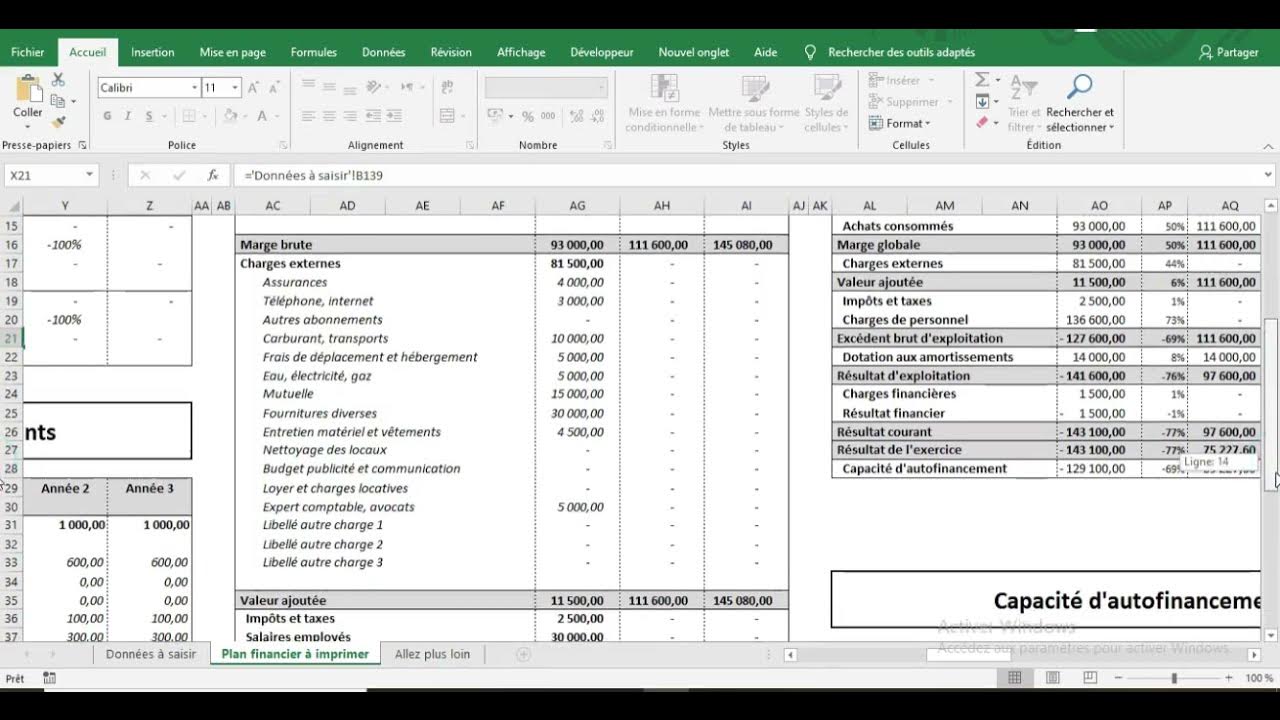Business Model Canvas Revenue Streams and Pricing
Summary
TLDRIn this Startup SOS video, Steve Morris discusses various revenue stream strategies for entrepreneurs. He covers how to charge customers, including one-time fees, recurring fees, and support contracts. Morris also explores different pricing approaches like fixed, dynamic, feature-based, and volume pricing. He emphasizes the importance of understanding customer preferences, competitive differentiation, cost structure, and perceived value when setting prices. The video concludes with an action plan to document these hypotheses in a business model canvas for validation through customer feedback.
Takeaways
- 🚀 **Choosing an Effective Charging Strategy**: It's crucial to select an effective strategy for charging customers and to test it with your target audience.
- 📊 **Revenue Streams in Business Model Canvas**: The video focuses on the revenue streams section of the business model canvas, which is essential for documenting and testing hypotheses.
- 💸 **How to Charge**: Businesses can charge customers through one-time fees, recurring fees, or support contracts.
- 🛍️ **Types of Charging Approaches**: Asset sale, usage fees, subscription services, renting/leasing, licensing, brokerage fees, and advertising are all potential ways to charge customers.
- 👥 **Who to Charge**: In a multi-sided market, businesses must decide whether to implement a freemium model or charge different segments like users versus advertisers.
- 💹 **Pricing Strategies**: Fixed pricing and dynamic pricing are two broad approaches to setting prices for products or services.
- 📋 **Fixed Pricing Examples**: Standard list price, feature-based pricing, customer segment pricing, and volume pricing are all part of fixed pricing strategies.
- ⏱️ **Dynamic Pricing Approaches**: Negotiation-based, time and availability, real-time supply and demand, and auction are examples of dynamic pricing.
- 🤔 **Determining the Price**: Businesses need to consider customer preferences, competitive differentiation, positioning strategy, cost structure, and perceived value when setting prices.
- 📝 **Action Plan**: Fill out the revenue stream section of the business model canvas, including how, whom, and how to price, which are all hypotheses to be validated with customers.
- 🔔 **Engagement Call to Action**: Encourages viewers to like, share, comment, subscribe, and turn on notifications for new videos, highlighting the series nature of the content.
Q & A
What are the three basic approaches to charging customers mentioned in the script?
-The three basic approaches to charging customers mentioned are: a one-time fee, a recurring fee, and customer support which could be a recurring fee over time.
What are some examples of different charging approaches discussed in the video?
-Examples of different charging approaches include asset sale, usage fee, subscription service, renting and leasing, licensing, brokerage fee, and selling advertising.
How does the script define a multi-sided market in terms of charging customers?
-A multi-sided market is defined as a scenario where some users pay nothing while others pay for premium features (freemium model), or where users are distinct from advertisers who pay for the service.
What are the different types of fixed pricing approaches discussed in the script?
-Fixed pricing approaches include standard list price, feature-based pricing, customer segment pricing, and volume pricing.
Can you explain dynamic pricing approaches mentioned in the video?
-Dynamic pricing approaches mentioned are negotiation-based pricing, time and availability-based pricing, real-time supply and demand-based pricing, and auction-based pricing.
What factors should be considered when deciding how to charge customers according to the script?
-Factors to consider include understanding how customers want to pay, competitive differentiation, overall positioning strategy, cost structure, and perceived value.
What is the importance of documenting revenue hypotheses in a business model canvas?
-Documenting revenue hypotheses in a business model canvas is important for testing with customers and ensuring the chosen charging strategy aligns with customer expectations and business goals.
How does the script suggest determining the right price for a product or service?
-The script suggests determining the right price by considering customer willingness to pay, competitive pricing, positioning strategy, cost structure, and perceived value.
What is the action plan recommended by Steve Morris for entrepreneurs after discussing revenue streams?
-The action plan is to fill out the revenue stream section of the business model canvas, which includes how to charge, who to charge, how to price, and determining the actual price.
What is the significance of testing revenue hypotheses with customers as mentioned in the script?
-Testing revenue hypotheses with customers is significant because it validates the assumptions about charging and pricing strategies, ensuring they are acceptable and effective in the market.
How does the script describe the process of deciding who to charge in a multi-sided market?
-The script describes the process of deciding who to charge in a multi-sided market by considering different customer segments and their willingness to pay, such as free users versus premium users or users versus advertisers.
Outlines

This section is available to paid users only. Please upgrade to access this part.
Upgrade NowMindmap

This section is available to paid users only. Please upgrade to access this part.
Upgrade NowKeywords

This section is available to paid users only. Please upgrade to access this part.
Upgrade NowHighlights

This section is available to paid users only. Please upgrade to access this part.
Upgrade NowTranscripts

This section is available to paid users only. Please upgrade to access this part.
Upgrade NowBrowse More Related Video

Business Model Canvas: Customer Relationship

Test your Business Model Canvas: the Customer Interview

PRIVATE VIDEO**

How Quickly Can You Make YouTube Your Job?

How To Value A Startup Pre-Revenue (Valuation vs. Traction Matrix)

Business Plan : Plan Financier Prévisionnel sur 3 ans دراسة مالية لمشروع شرح مبسط جداا
5.0 / 5 (0 votes)